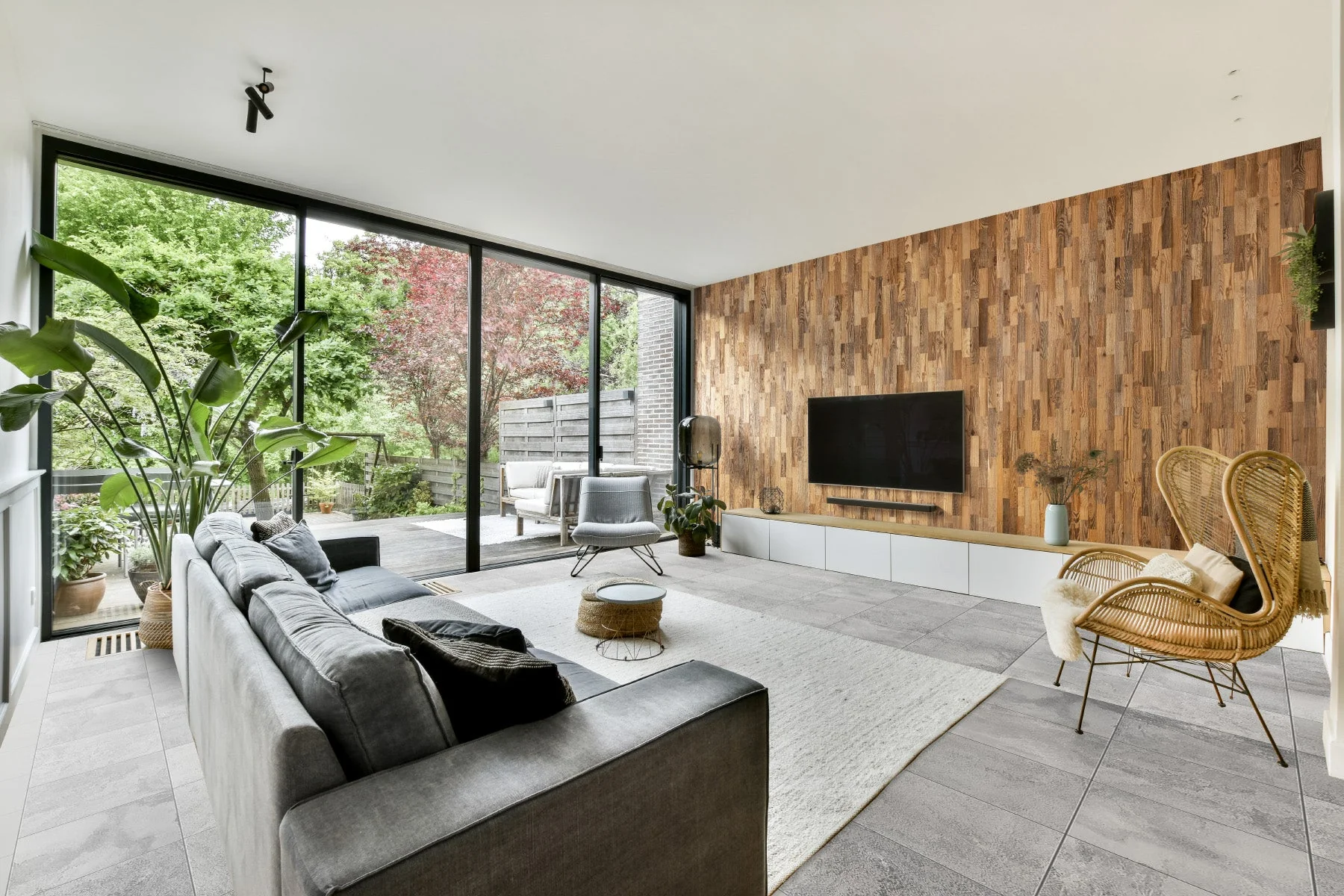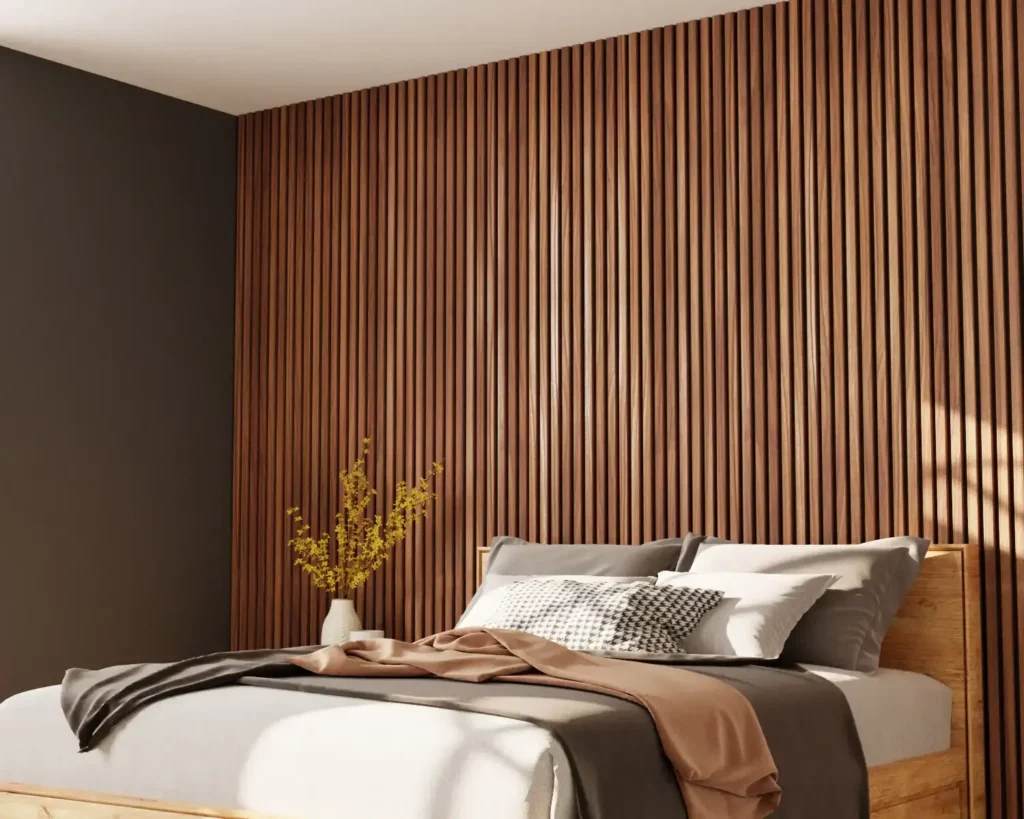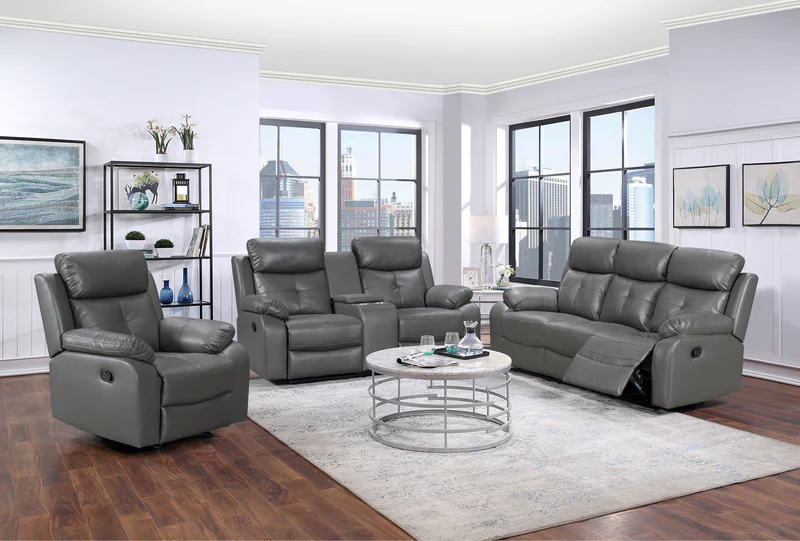Wall panels have become an increasingly popular solution for both residential and commercial spaces. Offering a versatile and cost-effective way to elevate the aesthetic appeal of any room, wall panels not only improve the look of your interiors but also provide several functional benefits. Whether you’re looking to add texture, create a feature wall, or enhance insulation, wall panels are the go-to choice. This guide will walk you through everything you need to know about wall panels, including the different types, materials, installation tips, and the benefits they bring to your space.
What Are Wall Panels?
Wall panels are pre-fabricated sections made from various materials designed to cover or decorate walls. These panels can be easily installed on any wall to provide decorative, insulative, and even soundproofing features. With a wide variety of textures, styles, and finishes available, wall panels can be customized to meet the specific aesthetic and functional needs of your space.
Benefits of Using Wall Panels
1. Aesthetic Appeal
One of the main reasons homeowners and designers choose wall panels is their ability to transform the appearance of a room. Wall panels come in a variety of finishes—from wood and stone textures to modern geometric patterns—that can add an entirely new dimension to any space. Whether you’re aiming for a rustic feel with wood paneling or a sleek, modern look with 3D designs, wall panels can achieve that effortlessly.
2. Easy Installation
Compared to traditional wall treatments like tiling or painting, wall panels offer a quick and efficient installation process. Many wall panels are designed with interlocking mechanisms or adhesive backs that make installation a DIY-friendly project. This reduces labor costs and time, making wall panels an attractive option for both large-scale renovations and smaller, quick upgrades.
3. Durability and Low Maintenance
Wall panels are often made from durable materials such as PVC, MDF, or fiberglass, ensuring they can withstand wear and tear over time. They are also resistant to moisture, stains, and impact, making them perfect for areas like kitchens, bathrooms, and commercial spaces. Maintenance is simple—most wall panels can be cleaned with a damp cloth, ensuring they stay in pristine condition for years.
4. Insulation and Soundproofing
Besides their visual appeal, wall panels can provide insulation and soundproofing benefits. Some materials, like acoustic panels, are designed to absorb sound, making them ideal for home theaters, recording studios, or offices. Additionally, wall panels made from insulative materials help to maintain temperature levels, contributing to the energy efficiency of your space.
Types of Wall Panels
Wall panels come in various materials and designs, each offering its own unique set of benefits. Below are some of the most popular types:
1. Wood Wall Panels
Wood wall panels exude warmth and natural beauty, making them a timeless choice for any room. Whether you prefer the look of natural wood or want a stained or painted finish, wood panels bring an organic feel to your space. Common varieties include shiplap, tongue-and-groove, and board-and-batten styles.
2. PVC Wall Panels
PVC wall panels are a cost-effective and low-maintenance option. They are moisture-resistant, making them ideal for use in bathrooms and kitchens. Available in various colors and finishes, including marble effect and textured designs, PVC panels are perfect for creating a modern look without the hassle of expensive materials.
3. MDF Wall Panels
Medium-density fiberboard (MDF) wall panels offer a smooth and uniform surface, making them ideal for painting or custom designs. MDF is a versatile material and can be easily shaped into intricate patterns or 3D effects, allowing for endless design possibilities.
4. 3D Wall Panels

3D wall panels create a sense of depth and texture that can visually enhance any room. These panels come in a variety of shapes and patterns, such as wave-like designs, geometric shapes, or even floral patterns. 3D wall panels are a popular choice for feature walls, adding a dynamic element to any space.
5. Acoustic Wall Panels
For spaces that require soundproofing, such as offices, home theaters, or recording studios, acoustic panels are an excellent choice. These panels are made from sound-absorbing materials like foam or fabric, reducing noise levels and improving acoustics within a room.
Where to Use Wall Panels
1. Living Rooms
A feature wall in the living room can completely change the ambiance of the space. Wood panels add warmth, while 3D panels create a stunning visual centerpiece. TV backdrop walls are particularly popular, with homeowners using wood or stone-look panels to elevate their entertainment area.
2. Bedrooms
Wall panels can create a cozy and intimate atmosphere in bedrooms. Fabric-covered panels or upholstered designs add a touch of luxury, while wood paneling can provide a serene and nature-inspired feel. Adding panels behind the bed can also serve as a stylish headboard alternative.
3. Kitchens
PVC or tile-look wall panels are a practical choice for kitchens, offering a moisture-resistant and easy-to-clean surface. Whether you’re looking for a subway tile effect or a sleek, modern look, kitchen wall panels are both functional and stylish.
4. Bathrooms
In bathrooms, wall panels made from materials like PVC or fiberglass are an excellent choice. These materials are resistant to moisture and mildew, making them a durable and low-maintenance solution. Plus, many panels come in tile-like designs for a sleek, polished look without the hassle of grout.
5. Offices
For commercial spaces and offices, wall panels can enhance the professional atmosphere while offering soundproofing benefits. Acoustic panels reduce noise, creating a more focused work environment, while 3D or textured panels add a modern touch to meeting rooms or reception areas.
Installation Tips
1. Measure Accurately
Before you begin, it’s essential to measure your wall space accurately. This will ensure you purchase the correct number of panels and avoid delays during installation.
2. Prepare the Wall Surface
Ensure your wall is clean, dry, and free from any debris or imperfections. This will allow the panels to adhere properly, ensuring a smooth and long-lasting installation.
3. Use the Right Tools
Depending on the type of wall panels you are using, you may need different tools such as adhesive, screws, or a nail gun. For interlocking panels, ensure they are aligned properly to avoid gaps between panels.
4. Consider Professional Help
While many wall panels are DIY-friendly, some materials or designs may require professional installation. For more intricate designs or rooms with unusual shapes, it’s often best to consult with a professional to ensure the best results.
Conclusion: Why Choose Wall Panels?
Wall panels are an excellent choice for homeowners and businesses looking to enhance the look and functionality of their spaces. From durability and easy installation to their wide variety of design options, wall panels offer an attractive solution that suits any style and budget. Whether you’re aiming to improve aesthetics, add insulation, or create a soundproof environment, wall panels are a versatile and practical option for any interior project.





